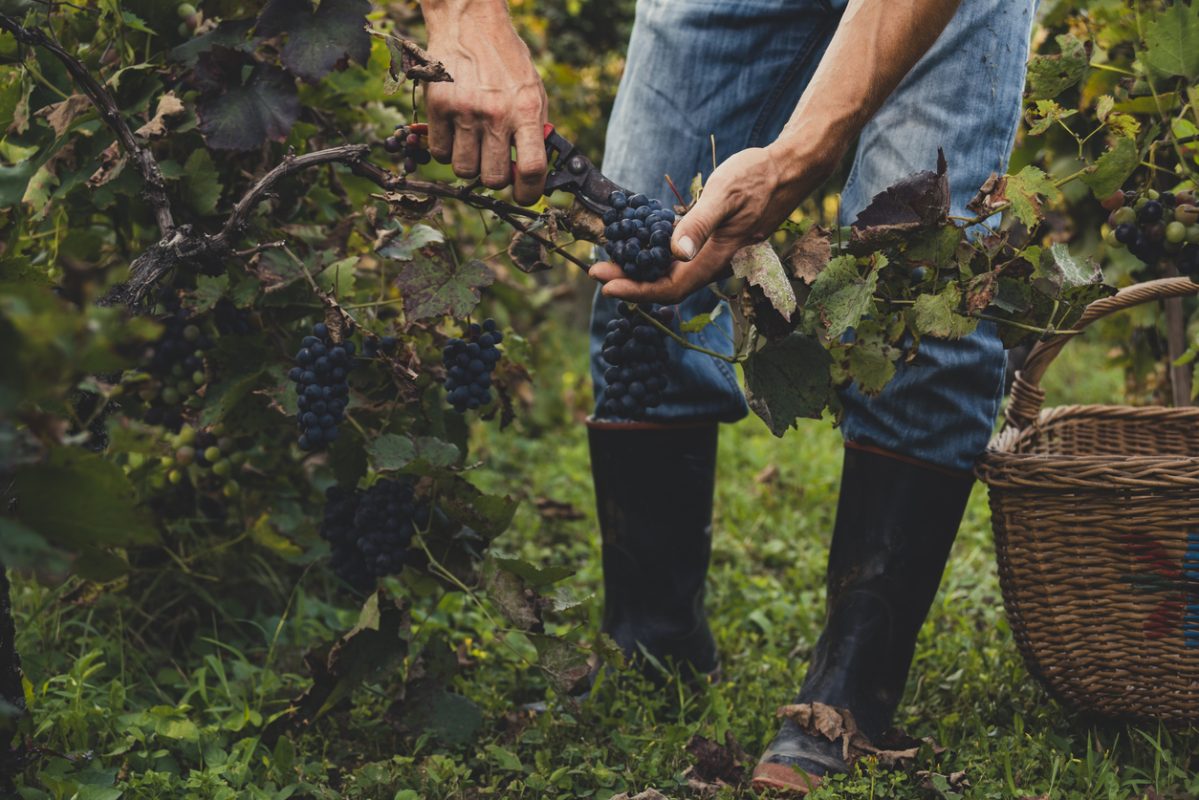Organic wine continues to struggle to gain traction amongst Australian drinkers, with many refusing to pay the premiums demanded by the category, according to a report from Macquarie University (MU).
The research found that while few drinkers are willing to pay above average prices for organic wines, there are steps that retailers and the industry at large can put in place to entice consumers to the category.
Dr Rezwanul Rana, health economist at MU’s Centre for the Health Economy, undertook statistical analysis of data gathered from 2500 wine drinkers in key markets between 2019 and 2020. These included three ‘old world regions’ of France, Italy and the Netherlands, and four ‘new world regions’ – Australia, Chile, South Africa and the US.
Like most organic products, organic wines are more expensive to produce than their mainstream counterparts. Organic wine is better for drinkers, and better for the environment, according to Rana.
However, Rana’s research found that “a little under half of those surveyed said they would only pay US$1-5 more for a bottle of wine that was organic.”
This was “if they are willing to buy it at all, most consumers in all countries said they would only pay slightly more for organic wine,” Rana says.
In particular, Rana found that older drinkers were more likely to be wary of organic wines.
“In the 1970s and 1980s, organic winemakers were making it up as they went along and the results were often suboptimal,” explains Rana.
“The quality of organic wines has improved dramatically, but one reason many older wine drinkers are wary of them could be bad past experiences.”
In contrast, younger legal age drinkers, particularly outside of Europe, are more likely to reach for organic bottlings.
“Younger people, especially ones who live in urban areas, who are keenest on organic wine and they are most likely to drink it in social situations,” Rana comments.
“That’s presumably because they are more adventurous, more concerned with the environment and more likely to have eaten organic food.
However, Rana also found that there was not an exact correlation between consumers who eat organic food, and drinkers who purchase organic wine.
“Those who eat organic food didn’t show the predisposition to drinking organic wine that might be expected. Consumers view organic food and organic wine quite differently,” the researcher says.
Another reason for the discrepancy between the European and new world markets for organic wine comes down to preservative regulations.
“In contrast to EU countries, new world countries are strict about organic classifications. Whether any sulfur dioxide can be used in organic wine is a subject of ongoing and passionate debate,” Rana outlines.
The upshot of this is that in Europe, there can be little immediate taste or quality difference between organic and non-organic wines, according to Rana.

Rana’s recommendations
Alongside this analysis, Rana had advice for both producers retailers looking to increase their sales of organic wine.
Primary amongst this advice is positioning, with Rana using the example of supermarkets.
“Organic fruits and vegetables are prominently displayed in the fruit and vegetable section, making it easy for shoppers to notice then buy them. If you go into a bottle shop, the organic wines will often be ‘ghettoized’ in an obscure corner of the shop,” Rana comments.
Secondly, Rana advises producers and brands to consider a universal symbol that marks their products as organic.
Compared to their European counterparts, who are au fait the quirks of village and appellation-based labelling systems, Australian consumers depend more on labels for information.
“Australians pay much more attention to labels. They want to be reassured by the information displayed on the label that they are buying the ‘right’ wine. Organic winemakers have shot themselves in the foot with their failure to devise and universally embrace a logo that makes it clear their wine is chemical free,” Rana explains.
Rana gives an example of a market where organic wine has been widely embraced, after a concerted effort to educate consumers – Sweden.
“The Swedish government mandated that organic wine be prominently displayed in bottle shops and invested in educating Swedes about the environmental and health benefits of organic wine.
“It also told Swedes they should buy it because it had a ‘pure taste’ and because it was a way of supporting local winemakers.
“That resulted in organic wine increasing its market share from 6 per cent to 20 per cent in a relatively short period.”
This point leads neatly onto Rana’s next piece of advice – for organic producers to work on organic wine’s public perception.
“Some of the world’s most prestigious winemakers now make organic wines and these wines have won many awards,” Rana outlines.
“Yet many Australians believe organic wine is still the product of a hippy cottage industry. It needs to be made clear to them that the organic wine of 2022 is far superior to that of 1972.”
Finally, Rana suggests that producers and retailers would be rewarded for targeting young, urban white-collar workers.
“The most bang for marketing buck will come from targeting young, inner-city professionals,” Rana says.
“These are the consumers who want to signal that they are discerning and environmentally conscious by ordering a glass of organic wine at a restaurant. Or taking a bottle of organic wine to a friend’s barbeque.”
“You can mock hipsters as much as you like, but they are often tastemakers for the broader population,” Rana concludes.
This article drew upon the work of Nigel Bowen, read this piece here. Dr Rana’s journal article can be found here.

